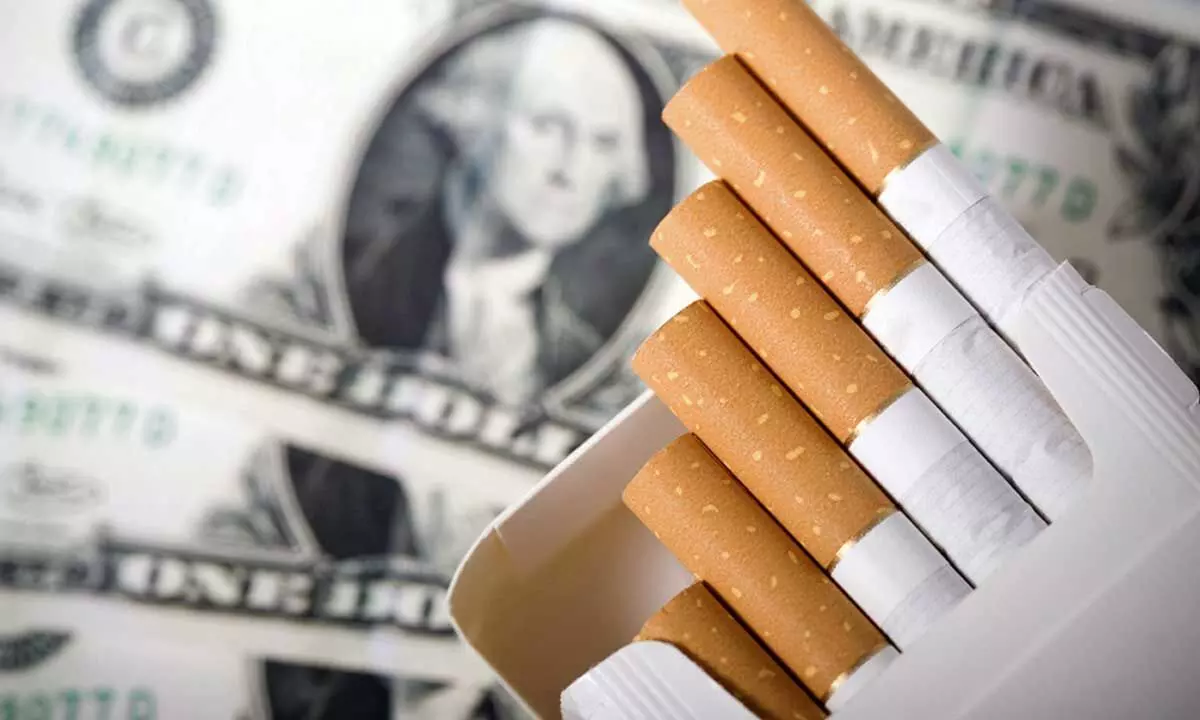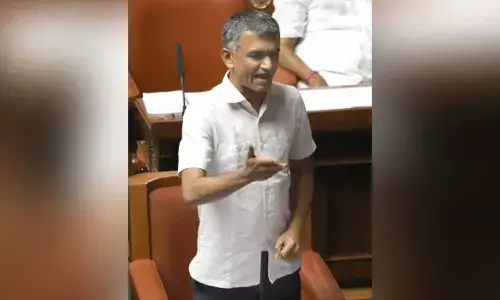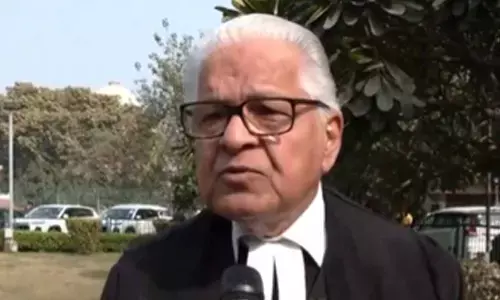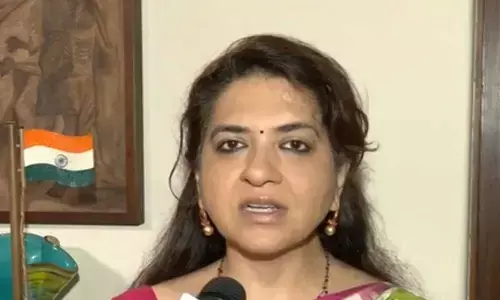Tobacco Economy: From Deficit to Surplus

India is rapidly positioning itself as the world’s fastest-growing economy, with projections indicating it will become the leading contributor to global GDP growth by 2028, according to a Bloomberg Economics analysis.
India is rapidly positioning itself as the world’s fastest-growing economy, with projections indicating it will become the leading contributor to global GDP growth by 2028, according to a Bloomberg Economics analysis. To realize this ambitious forecast, India must address several pressing issues, one of which is the regulation of its tobacco sector—a sector that has the potential to shift from economic deficit to surplus earnings if managed with a visionary and practical approach.
India stands as the world’s second-largest producer of tobacco, with an annual production of around 800 million kgs, and a leading tobacco exporter. The average annual revenue collection from tobacco products, for the years 2019 to 2021, stood at about INR 53,750 crore. The tobacco industry employs approximately 45.7 million people across farming, processing, manufacturing, and related export activities, generating over INR. 12,000 crore in foreign exchange annually. For 6 million farmers and 20 million farm labourers, tobacco cultivation provides essential livelihood, income, and security, contributing significantly to the nation’s tax revenues
Despite these economic benefits, the tobacco sector poses considerable challenges, particularly concerning health costs. With 250 million tobacco consumers in the country, 5.3% of India’s total private and public healthcare expenditure goes into treating tobacco-related diseases in a year, as per the report on ‘Human-Centric Approach to Tobacco Control’. Moreover, rising taxes have spurred an illicit tobacco trade, depriving the exchequer of vital revenues. Euromonitor International reports that illicit cigarette volumes in India soared by 44% over a decade, from 19.5 billion sticks in 2011 to 28.1 billion sticks in 2020. As per the Human-Centric Approach to Tobacco Control’ report, the total loss incurred by the Indian government due to the illicit tobacco industry stood at INR13,331 crore in 2022, which could have potentially contributed to the social welfare investments.
The recent proposal by the government to expand Foreign Direct Investment (FDI) restrictions in the tobacco sector could exacerbate these economic challenges. Such restrictions risk depriving farmers of export opportunities, denying the government access to harm-reducing technologies, and diminishing India’s competitive edge compared to other countries. The United Nations Conference on Trade & Development (UNCTAD) reported a 43% fall in FDI in 2023 compared to 2022, underscoring the need for a more nuanced policy. Restrictive measures could prevent the Indian tobacco farming community from accessing advanced technologies and securing fair prices, while also undermining India’s ability to leverage the China + 1 strategy, as countries like Vietnam, Indonesia, and the Philippines offer more attractive propositions for FDI investment.
Globally, the challenges of tobacco consumption have prompted significant initiatives aimed at curbing usage. India has implemented numerous steps and stringent regulations to safeguard public health. State-level initiatives complement nationwide regulations, forming a comprehensive tobacco control framework. However, the limited impact of these measures indicates a need to rethink India’s tobacco control policies.
A human-centric approach is crucial for achieving effective economic results. According to the report ‘Human-Centric Approach to Tobacco Control,’ implementing WHO FCTC recommendations could reduce smoking-related deaths from 10 million in the 2030s to 6.5 million in the coming years. This decline could be further halved with the adoption of better alternatives and cessation measures, directly lowering health expenditures. Additionally, encouraging FDI could help curb the illicit import of foreign cigarettes, ease business operations, and provide farmers with more export opportunities, thereby boosting government revenues.
In conclusion, a comprehensive approach is urgently needed to effectively tackle the tobacco challenge and mitigate its growing negative impact on the economy. By adopting a balanced, forward-thinking policy framework, India can transform its tobacco sector from a source of economic deficit to a driver of surplus earnings, ensuring sustainable growth and prosperity.
















